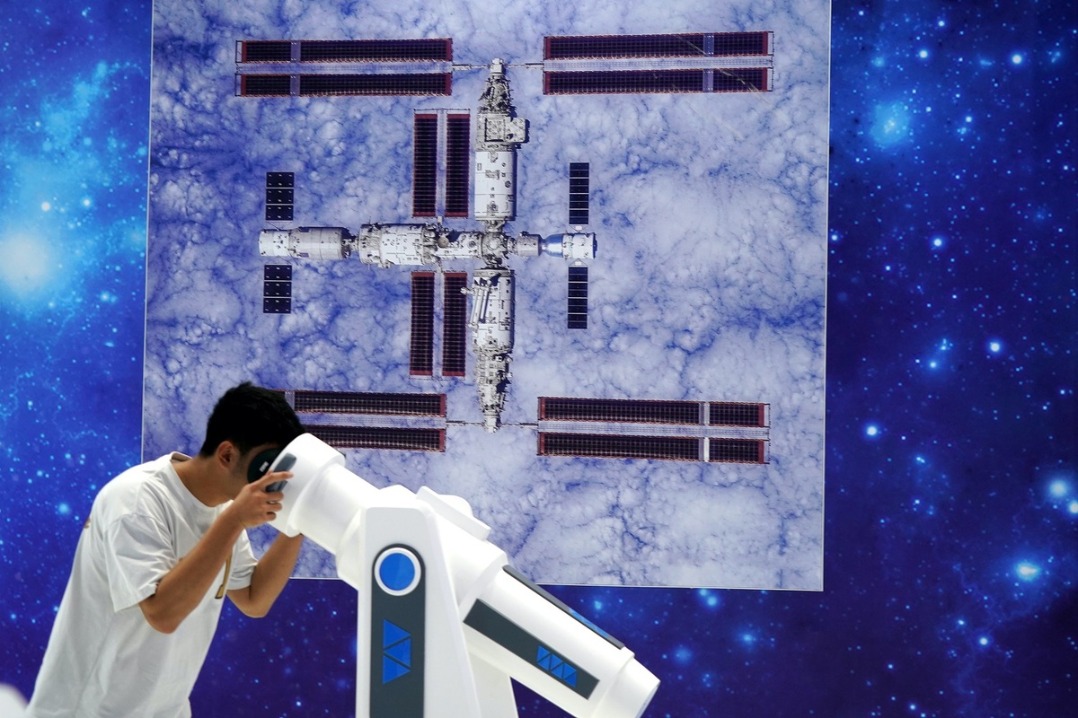Science and technology achievements drive nation's progress


Engineering feats
On May 15, after a journey of 475 million kilometers through space and enduring a harrowing descent through the Martian atmosphere, China landed the rover Zhurong on the Red Planet, becoming only the second nation to do so after the US.
Named after an ancient Chinese god of fire, the gold-colored vehicle gently drove down its landing platform and opened its blue, butterfly wing-like solar panels, thus kick-starting Tianwen 1, China's first interplanetary adventure.
In a congratulatory letter, President Xi hailed the accomplishment as a major milestone in China's space industry as it has left the country's first "footprints" on the planet.
The journal Nature named Zhang Rongqiao, chief designer of the Tianwen 1 Mars mission, as one of the 10 people who helped shape science in the past year.
Since September, China has released nearly 200 gigabytes of geological data collected during its Mars mission, offering insights into the unexplored region of the planet's northern hemisphere, according to the journal.
In addition to Mars exploration, China has seen a series of breakthroughs in core technologies, ranging from nuclear energy to quantum computing.
In May, the Experimental Advanced Superconducting Tokamak, dubbed the "artificial sun" and located in Hefei, Anhui province, set a record of maintaining a temperature of 120 million C-eight times hotter than the center of the Sun-for 101 seconds, bringing a sustainable nuclear fusion reactor a step closer.
In October, scientists at the University of Science and Technology of China in Hefei said they had created the world's fastest programmable quantum computer, Zuchongzhi 2, a 66-qubit superconducting quantum machine named after a fifth century Chinese mathematician.
The machine is 10 million times faster than the fastest conventional supercomputer, even far surpassing Google's 55-qubit Sycamore quantum computer, which was launched in 2019, according to studies published in the journals Physical Review Letters and Science Bulletin.
Zhong Zhihua, vice-president of the Chinese Academy of Engineering, said engineering and technology are major pillars of socioeconomic growth and humanity's pursuit of sustainable development.
"As our country enters a new developmental phase, we urgently need to accelerate the pace of innovation in engineering and technology, and improve the quality of our innovation," he said.
Jeremy Lawson, senior vice-president of Clarivate, said China is currently at the forefront of many frontier engineering topics that are essential to global socioeconomic development.
As a result, strategic collaboration with key global research organizations such as CAE is central to advancing global scientific research and driving sustainable development, he added.
Xinhua contributed to this story.
























